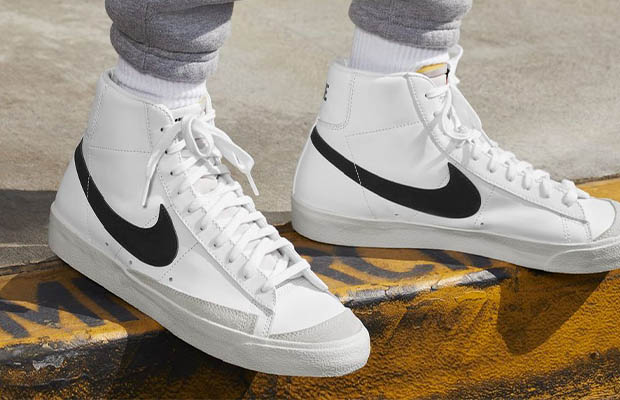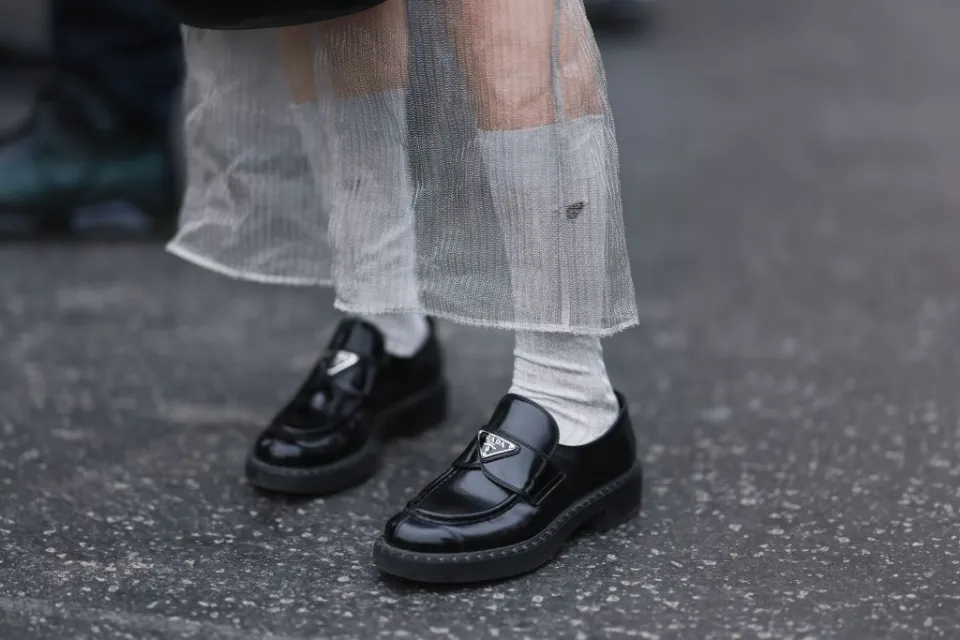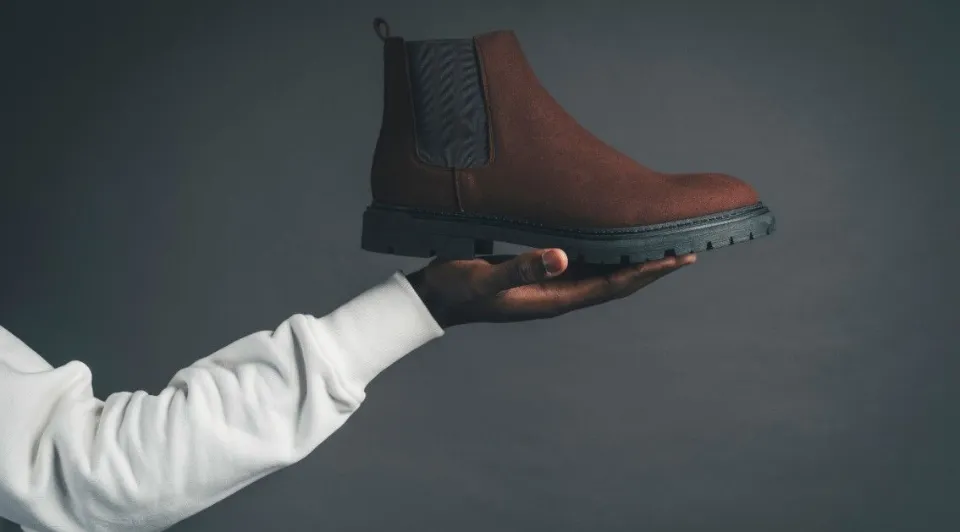The simple Derby is unlike any other shoe style in that it has so many names. But do you know what are derby shoes exactly?
A Derby is defined by the way the lacing and eyelets close the shoe. In contrast to an Oxford, which lends itself well to more rugged styles, the closing panels are sewn on top of the vamp, giving the shoe a more solid appearance and more room for the higher instep.
So where does derby originate from? And how do you correctly style it? This is our definitive guide to men’s leather Derby shoes.
What Are Derby Shoes?
Without even realizing it, you’ve likely seen Derby shoes everywhere. It’s possible that you’re wearing some right now. Derbies (also known as Bluchers) are men’s lace-up dress shoes, but unlike the Oxford shoes, they have an open lacing system.
That means the eyelets are sewn on top of the vamp. Derbies has a much looser, more laid-back atmosphere as a result. They are more adaptable shoes as a result of this. Derbies began as a hunting shoe in the 1850s but entered regular wear in the early 20th century.
The legend goes that the 14th In order to make life easier for himself and his unusually wide feet, Earl of Derby had his cobbler design an open-laced boot. The Derby was established as a result.
If you are interested in buying it, please read our guide on Best Derby Shoes.
Derbies Vs Oxfords
The big difference between Derbies and Oxfords is Oxfords have closed laces, and Derbies have open laces.
They are consequently more adaptable and casual than Oxfords. Naturally, they are both dress shoes, but consider derbies to be the more relaxed cousin of the Oxford.
Derbies can be found in a wide variety of hues and materials, such as suede and Nubuck.
Conversely, oxfords are typically made of traditional leather or, if we’re talking black tie, high-shine patent leather. Having both in our collection is perfectly acceptable. In fact, it’s probably a wise choice.
When to Wear Derbies?

It is generally accepted that the Derby is much less formal than the Oxford, though it’s acceptable to save your Derbies for formal events in this day and age when more people are content to wear work boots, military boots, and athletic shoes.
Currently, the Derby is viewed as a crossover shoe that successfully walks the thin line between formal and casual by the fashion industry. In fact, it’s one of the few types of shoes that is actually equally appropriate for both.
Derbies go well with day suits and casual attire. Reserve plain derbies, which are the least informal of all variations, for your more formal occasions. In casual or relaxed settings, some of the other variations look great with both khakis and denim.
Variations of the Derby Footwear Style
Your average Derby is defined by three primary characteristics: open lacing, quarters that are sewn together at the heel and under the vamp, and an exposed ankle.
There are many different variations one can make besides these three features. Here are a few examples.
Cap Toe Derby

The toe cap on a cap toe Derby may or may not be the same color. You might not see this variation with the most formal attire because the toe cap makes it less formal than the plain Derby.
Any broguing, in terms of ornamentation, is typically restricted to the toe cap’s edge.
Plain Derby
The name “plain Derby” refers to its obvious lack of ornamentation. The three key features of this very straightforward shoe make it simple to identify as a Derby. But aside from that, not much else is happening. None of the toe, heel, or brogue caps are present.
The plain Derby is typically black, though you can also choose from browns and greys. The two most typical materials used to create them are suede and black patent leather.
Brogue Derby
The brogue Derby is, quite simply, a Derby shoe with added brogue detailing. Small holes in the leather are referred to as “brogueing,” which can range from a straightforward design that is only applied to the toe area to a full brogue that has holes all the way around the shoe.
To add interest and detail to any outfit, brogue derbies are a great smart-casual option. The addition of brogueing gives the shoe even more character, whether you choose a sleeker or a slightly more rugged Derby style.
Wingtip Derby
A wingtip Derby shoe has a pointed toe cap shaped like a “W” or “U.” There are occasionally extensions on the toe cap that connect it to the heel cap and run along the sides of the shoe. This is how the term “wingtip” was coined.
They resemble wingtip brogues in appearance, with the exception of how the quarters are positioned in relation to the vamp and eyelets.
On the edges and in the center of the toe cap, wingtips typically have broguing. You might find heel caps with additional broguing in cases where the extensions don’t go all the way around the back of the shoe.
Other Derby Shoes
There are a wide variety of additional variations, such as apron toe, Norwegian Derbies, and spectators. Another well-liked choice for a more relaxed appearance is suede derbies.
The open lacing system and placement of the quarters above the vamp are crucial components of a genuine Derby.
Final Thoughts: What Are Derby Shoes
Men’s leather lace-ups might all seem somewhat similar to you if you’re new to shoes. But if you look more closely, you’ll notice some variations.
Selecting the right pair of shoes is crucial because they can make or break an outfit. The Derby shoe is an unsung wardrobe hero that deserves a firm place in every man’s footwear rotation!
FAQs About What is Derby Shoe
Can Derby Shoes Be Worn Casually?
Dressing down a look is easy with a pair of Derby shoes. If they have a light-colored pattern, wear them with jeans and a sweatshirt. Despite being semi-formal, it gives you a casual vibe.
Should I Buy Oxford Or Derby?
Derby shoes look better for leisurely moments because they are less formal than Oxfords.
Are Derby Shoes in Fashion?
Yes, a pair of casual Derby Shoes should be a part of every man’s wardrobe.




